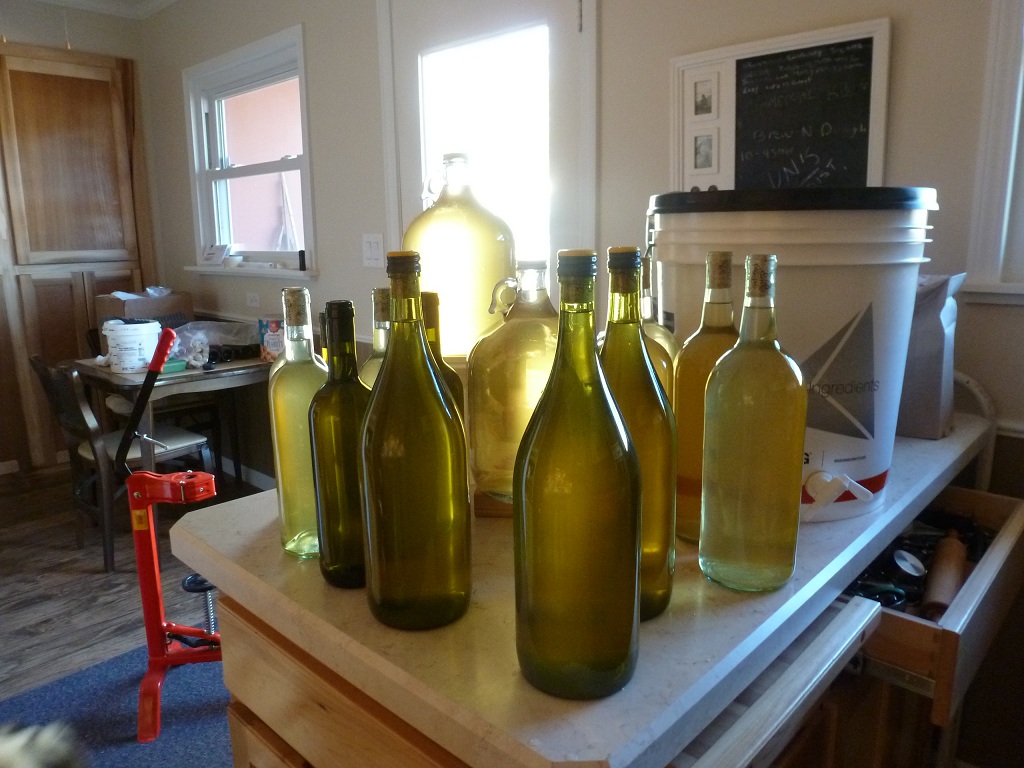Bubbles2
Well-Known Member
So First wash and started over at the Beer recipe calc but do not think that is going to jibe with what I seek. Looking to do a 95 rye 5 barley all grain but only want to try 2 gallons. I am going to use Turbo Yeast, I was wondering about the ratio of grain to water. In my case I am doing a 95 - 5 and I'd like to end with 2 gallons of wash.
From what I gather there is no reason to Boil rather just hold the grain at 150ºf for 60min up to 90min to get my fermentables (correct?) I would think that I can use DME to bring up the Start Gravity but did not want to taint the wash with too much DME. Looking for a Rye and not a lot of base malt DME in it.
Hence my question to get a 20% finished gravity to run. I guess the question is the max ratio grain to water...?
From what I gather there is no reason to Boil rather just hold the grain at 150ºf for 60min up to 90min to get my fermentables (correct?) I would think that I can use DME to bring up the Start Gravity but did not want to taint the wash with too much DME. Looking for a Rye and not a lot of base malt DME in it.
Hence my question to get a 20% finished gravity to run. I guess the question is the max ratio grain to water...?



